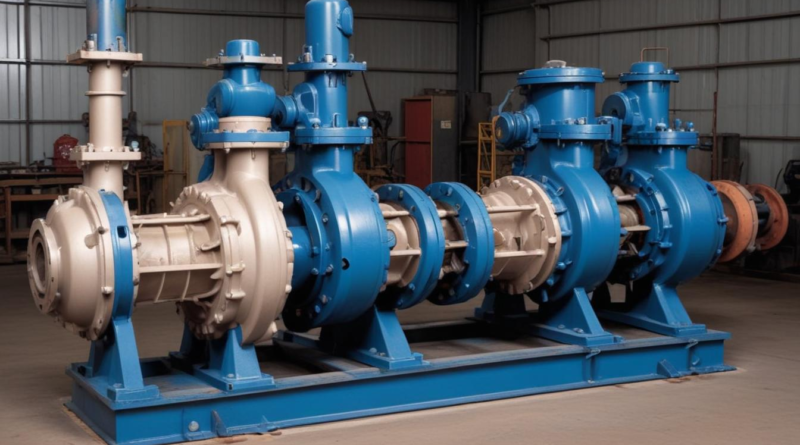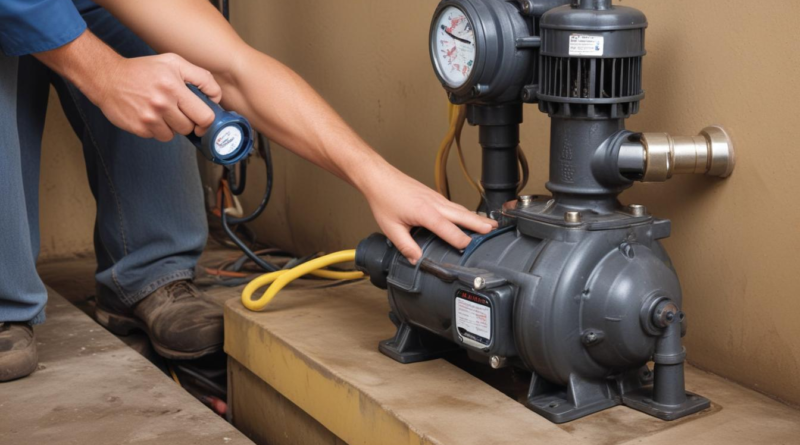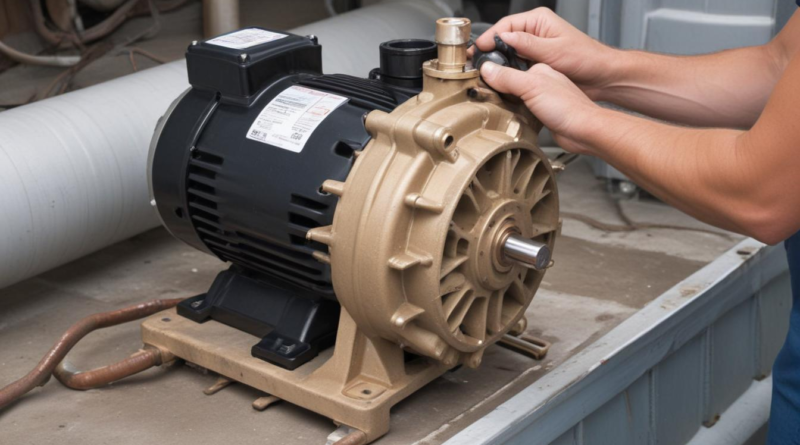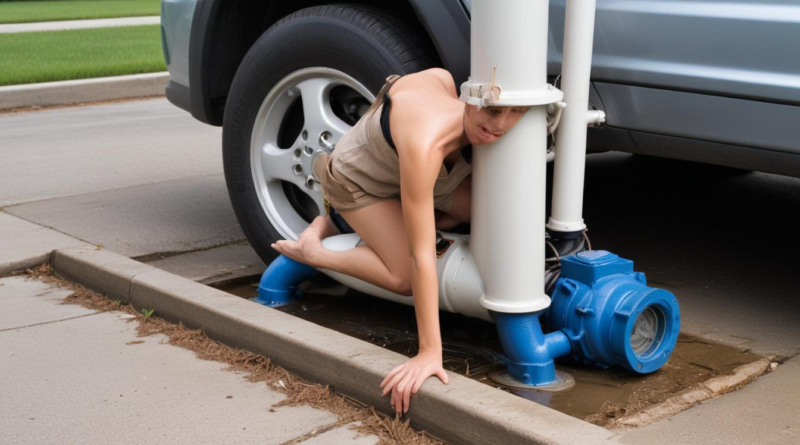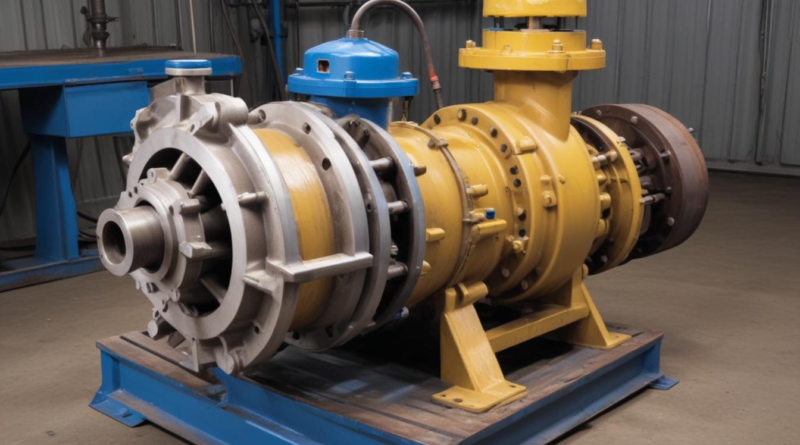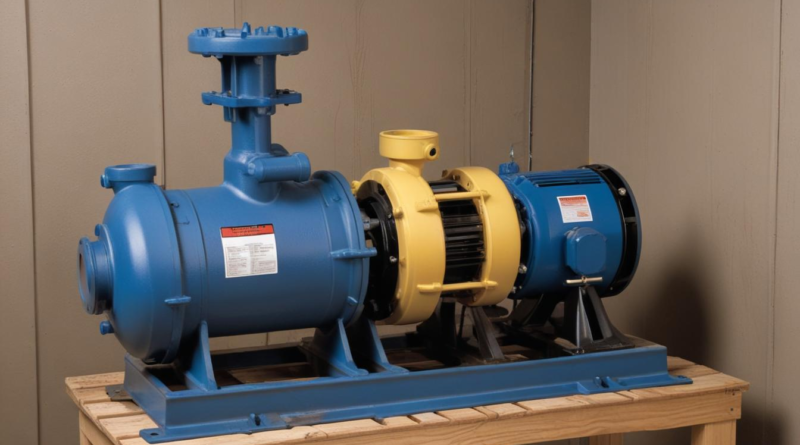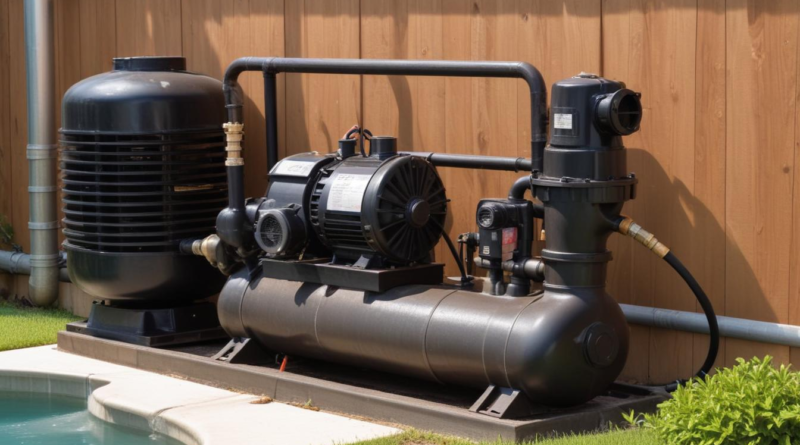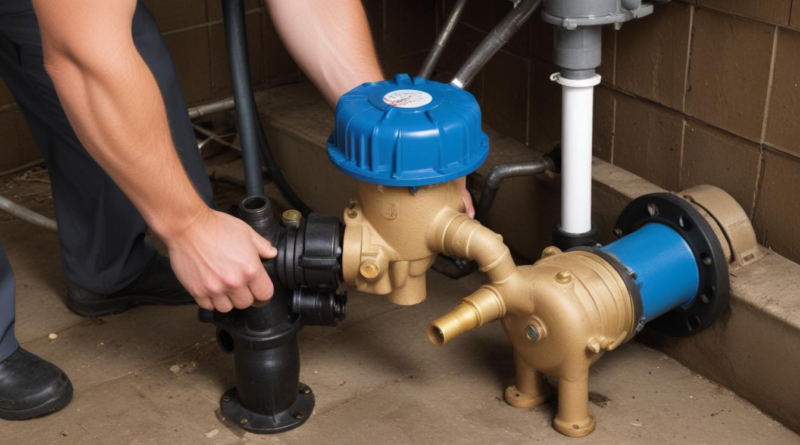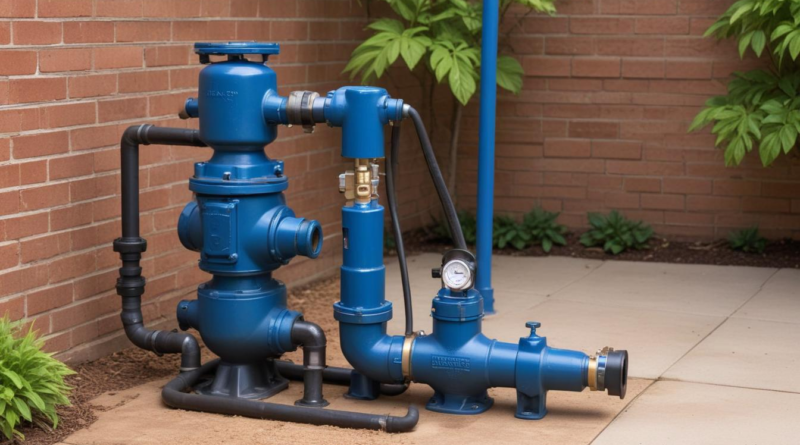how to handle pump vibration issues
Pump vibrations, oscillatory movements within pumping systems, critically impact equipment performance and longevity. These vibrations arise from sources like imbalance, misalignment, and fluid dynamics, leading to issues such as mechanical wear, structural damage, and reduced efficiency. Precise measurement using tools like accelerometers and vibration analyzers is essential for identifying problems. Implementing solutions such as component balancing, proper shaft alignment, and vibration isolation can effectively mitigate adverse effects. Understanding and addressing pump vibrations is key to maintaining reliable and efficient pumping operations.
Read More
